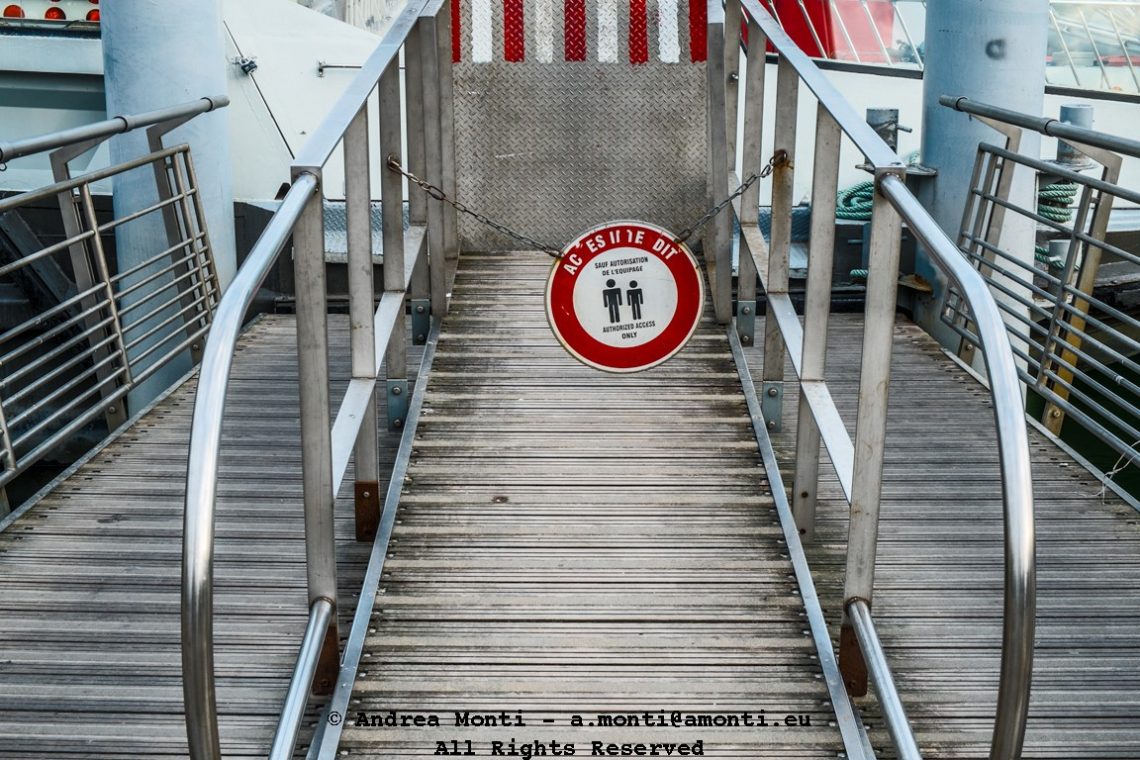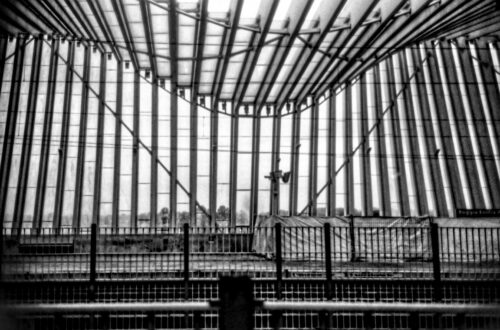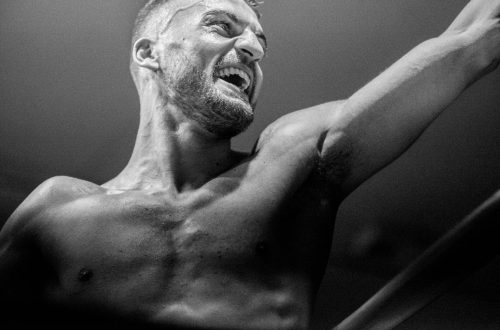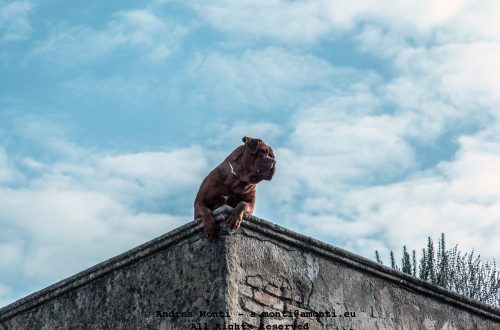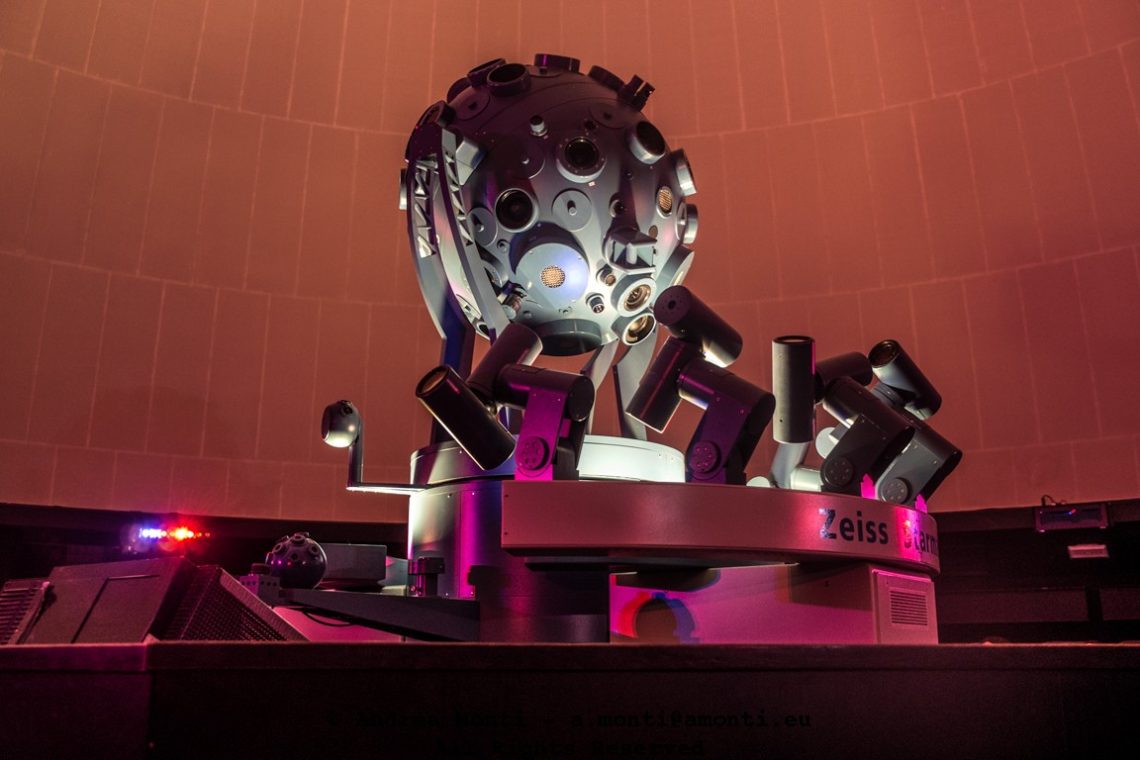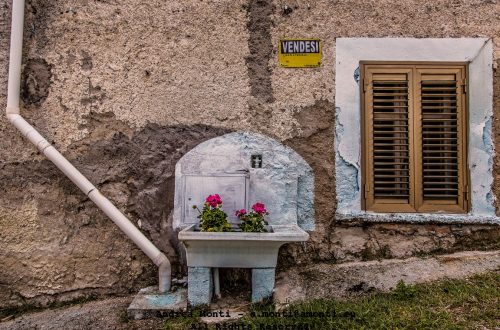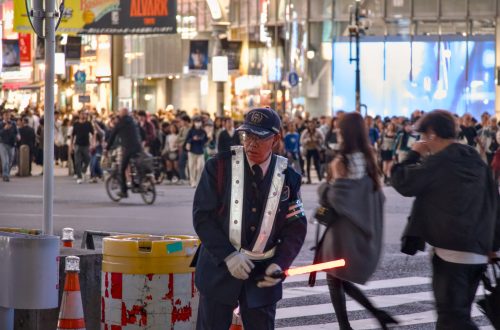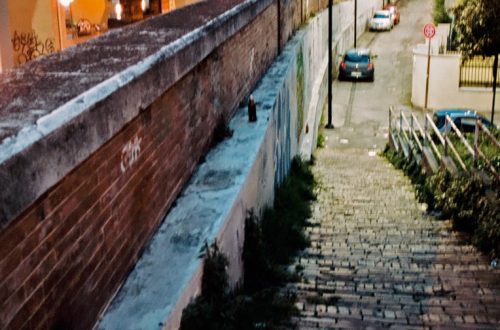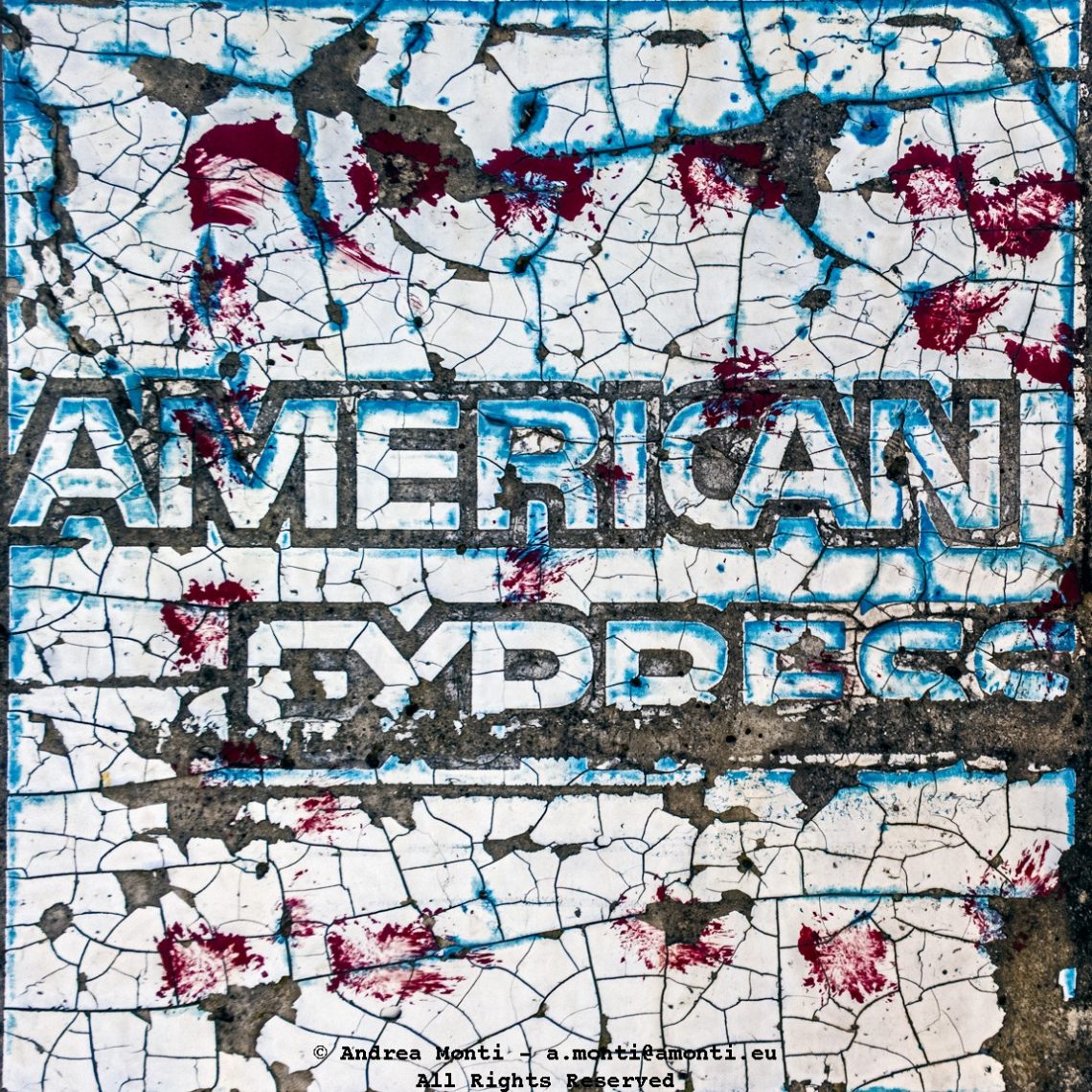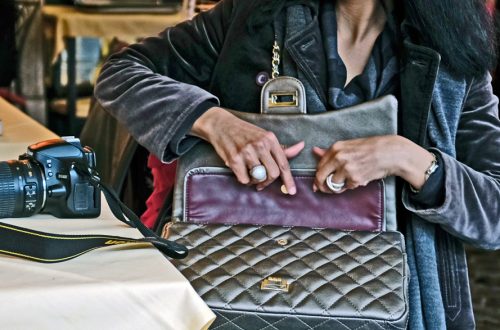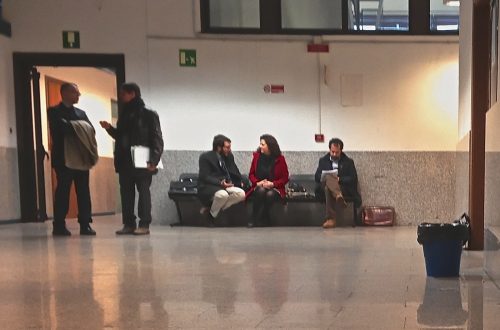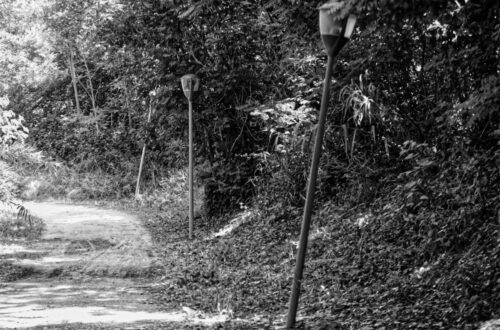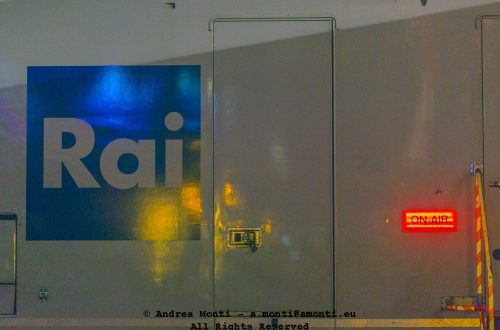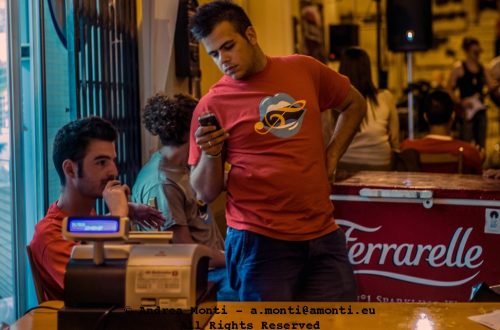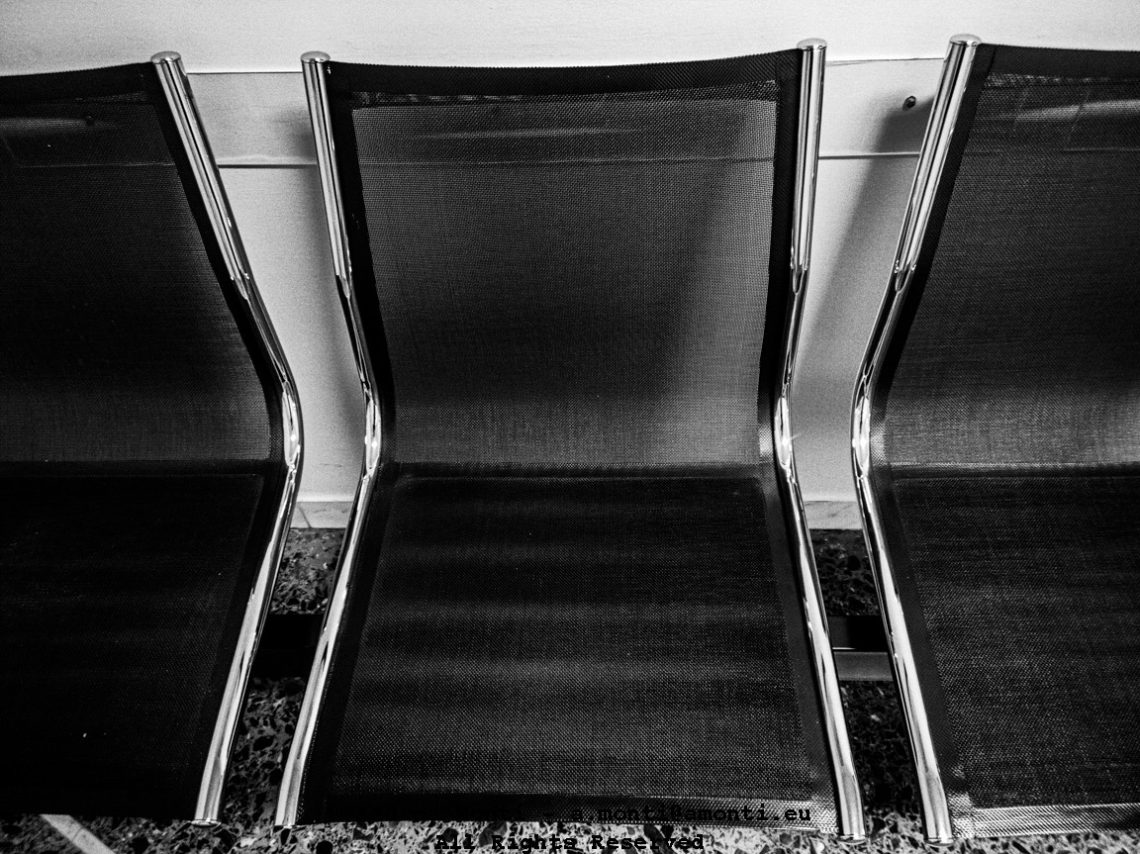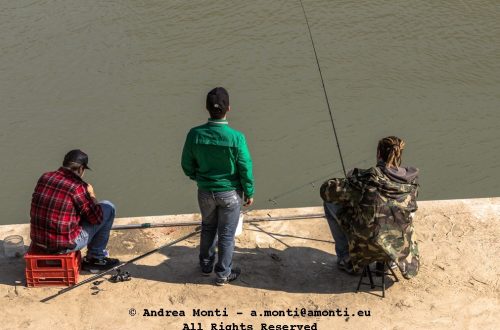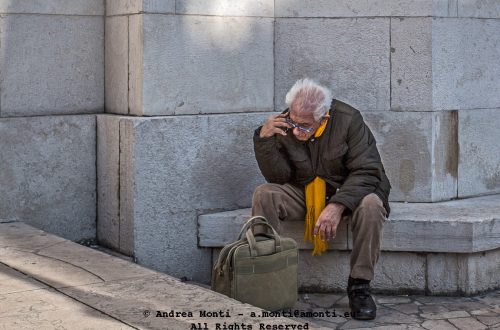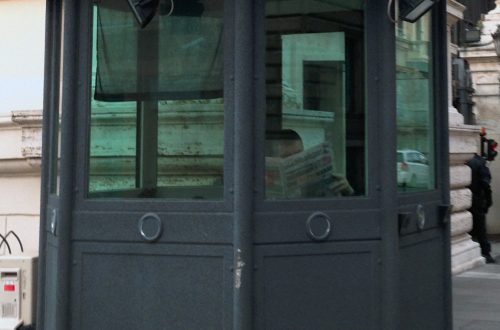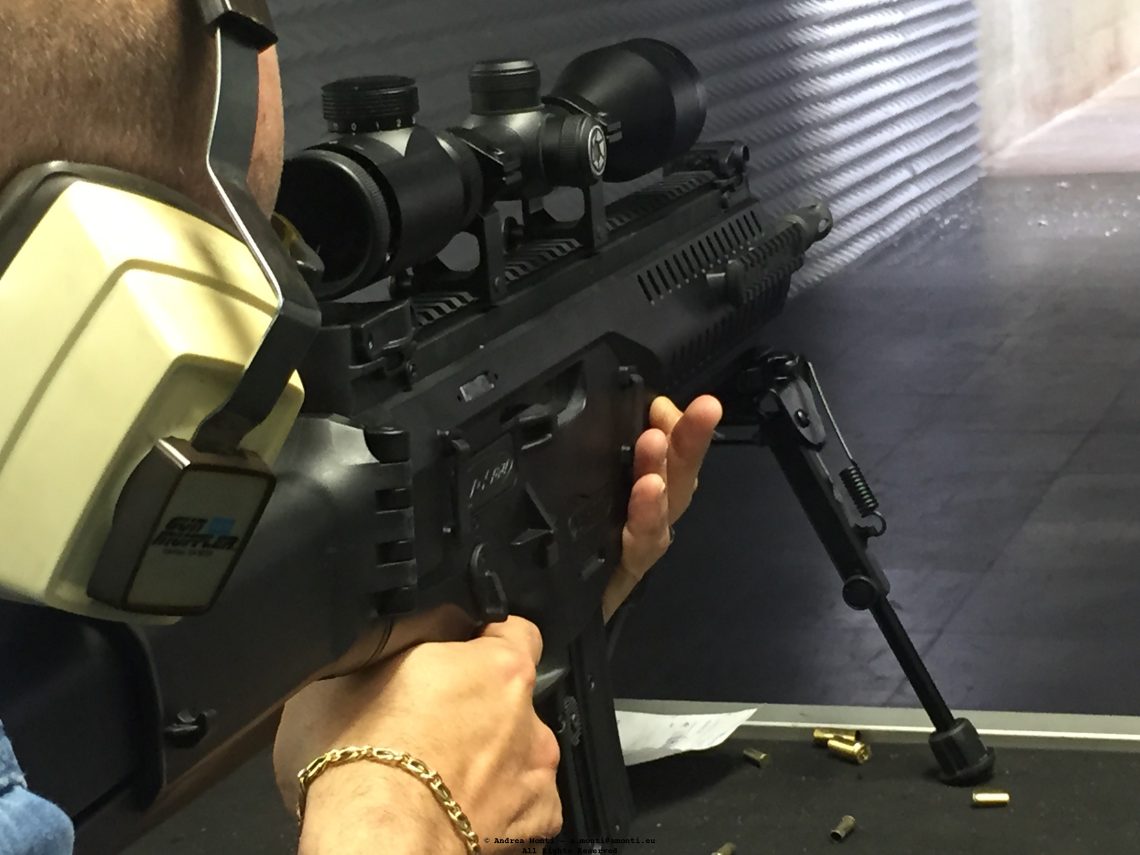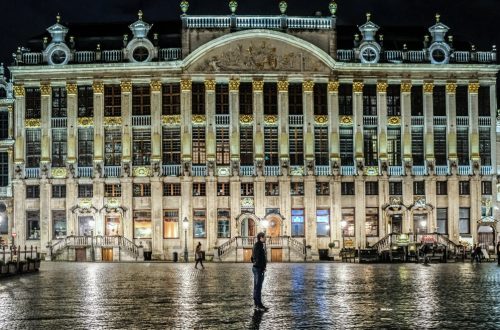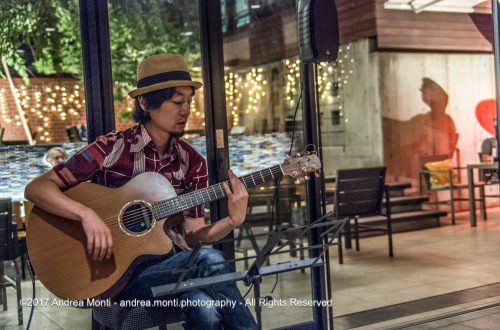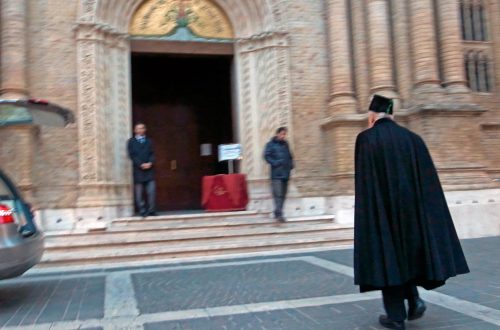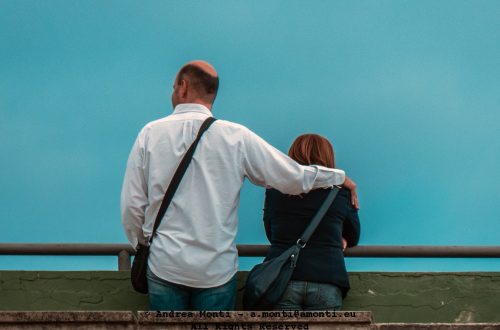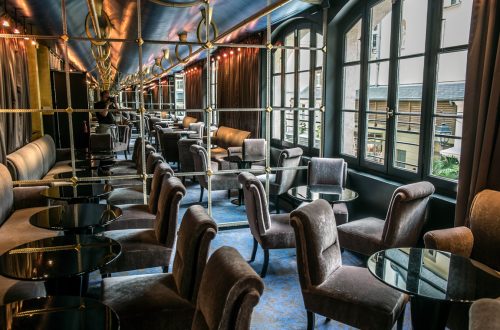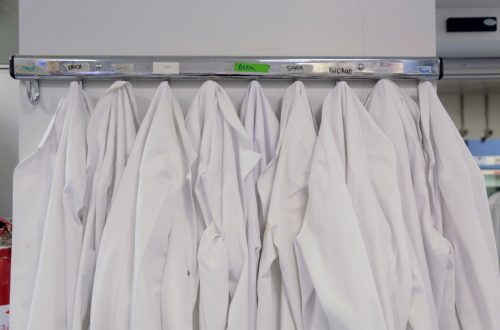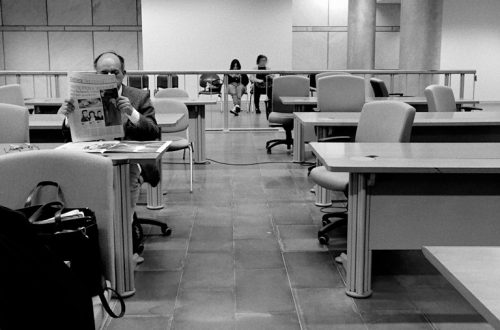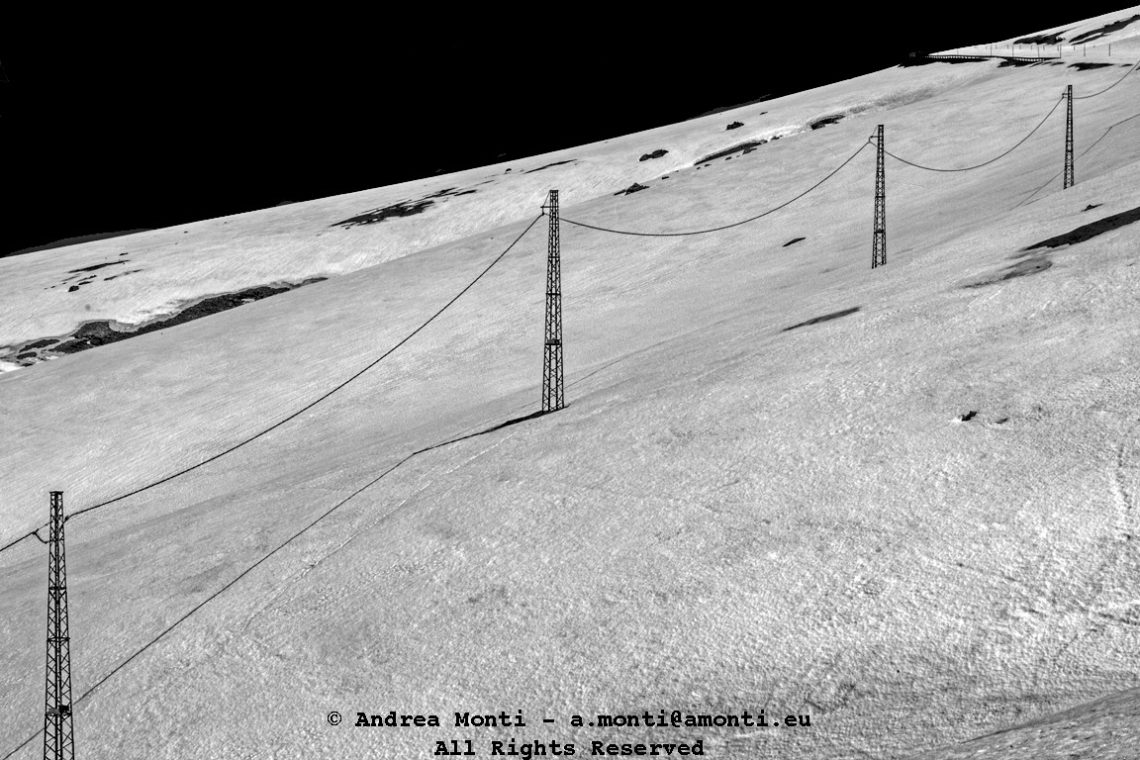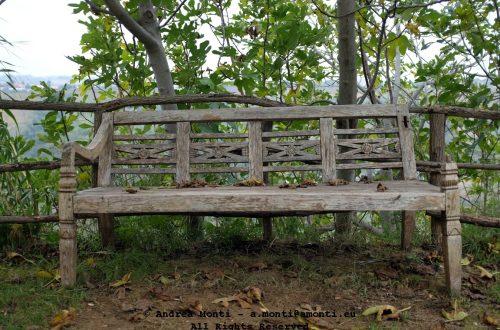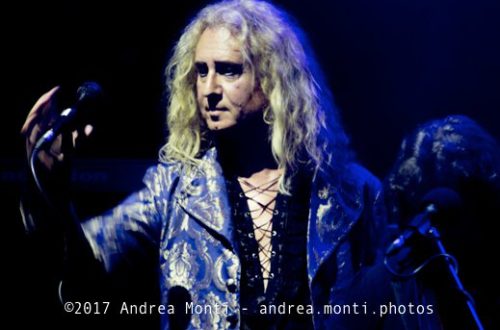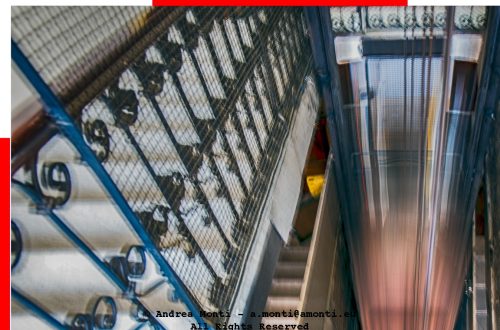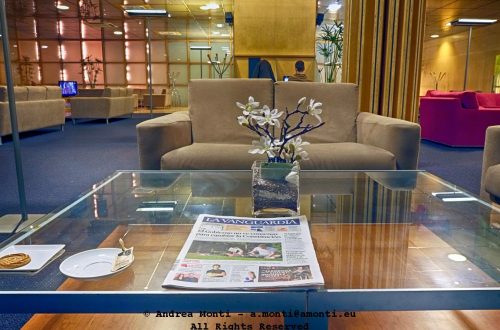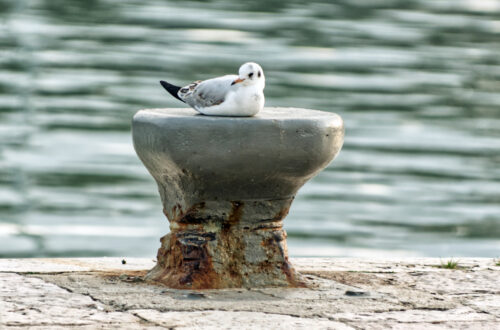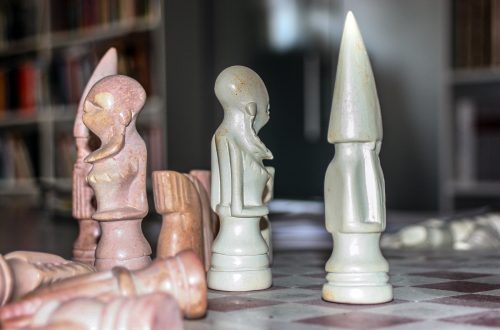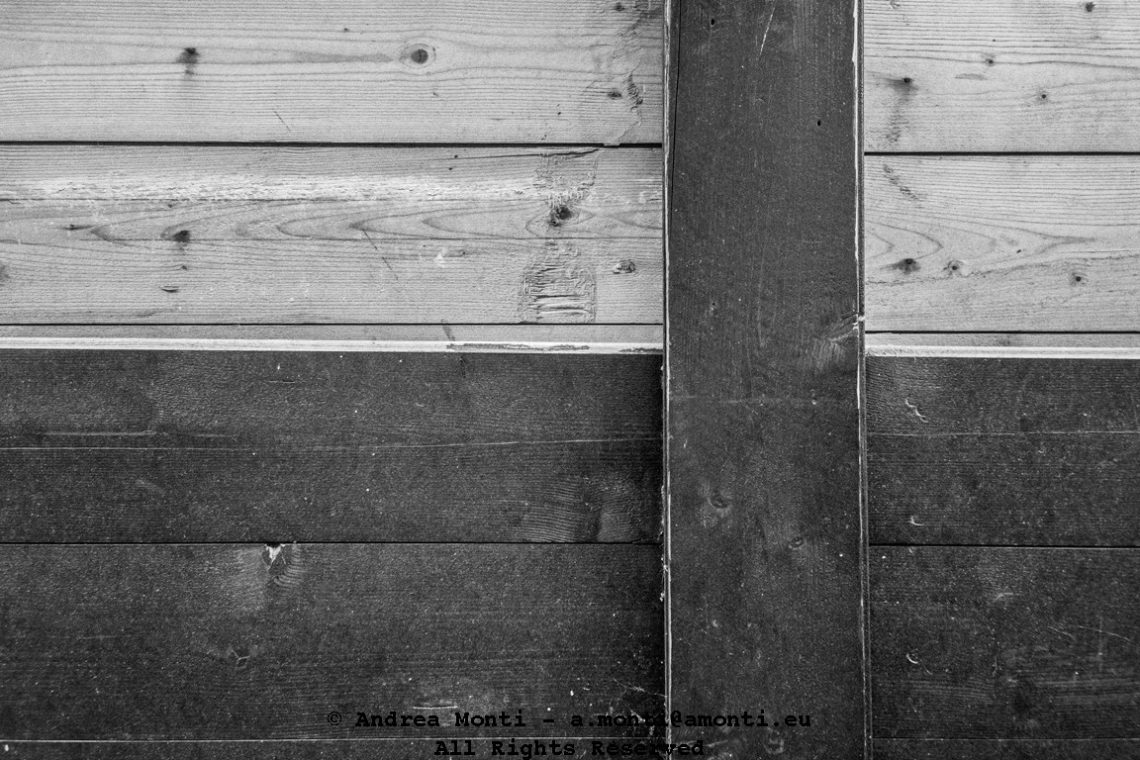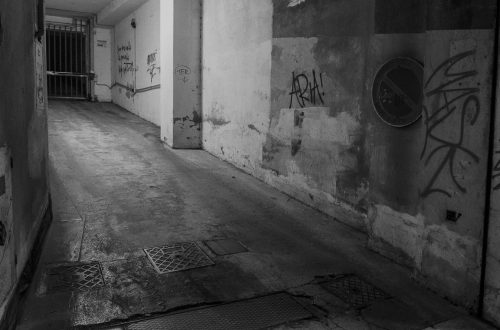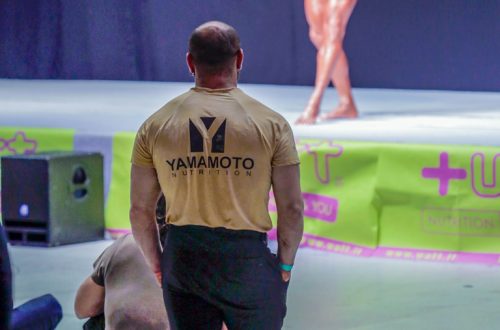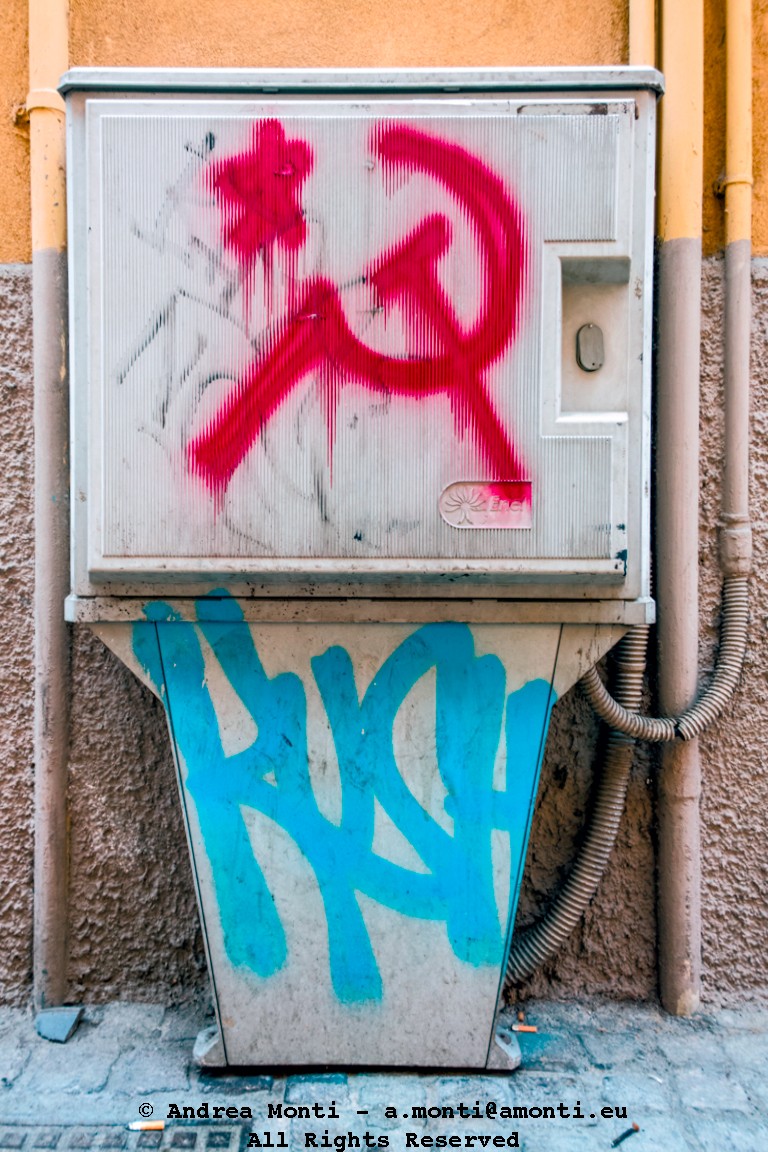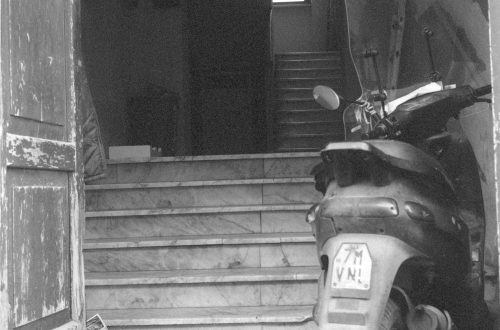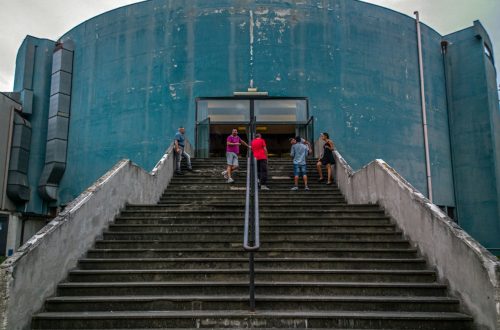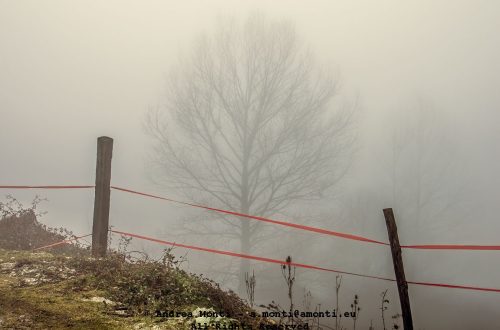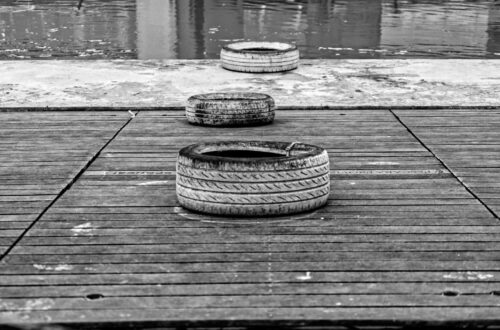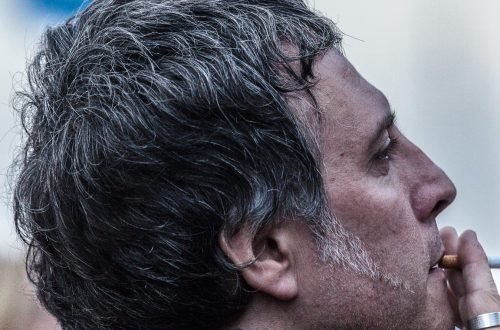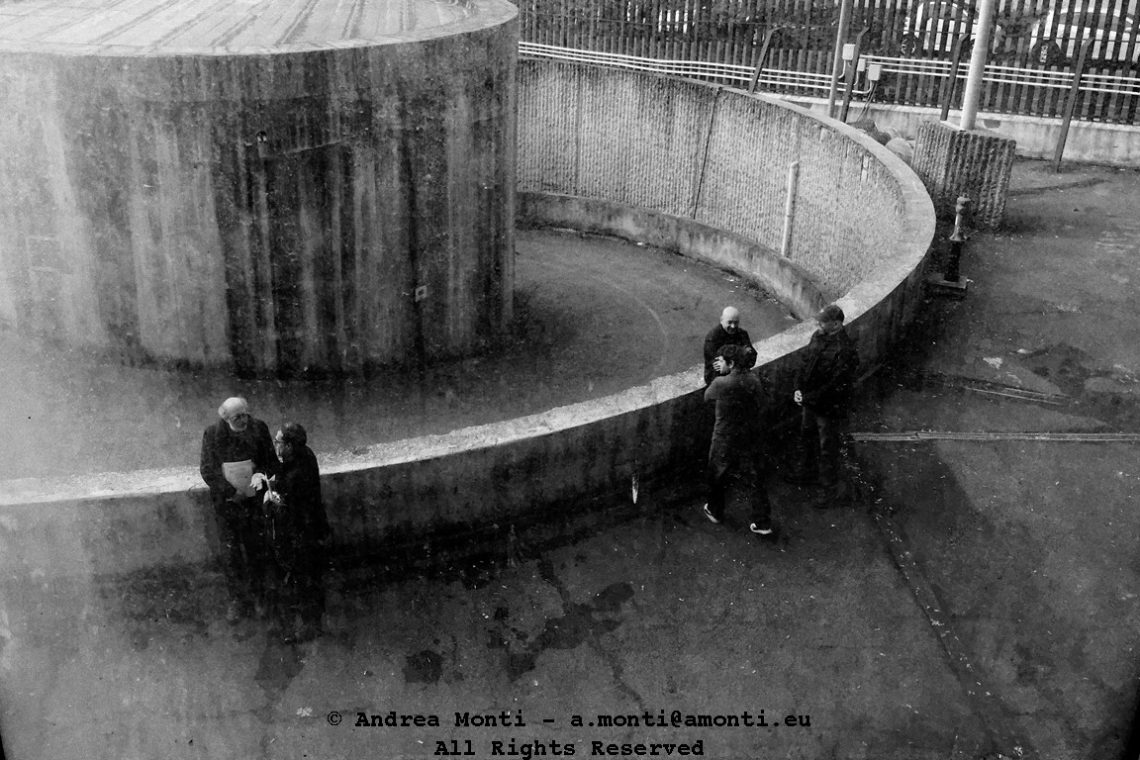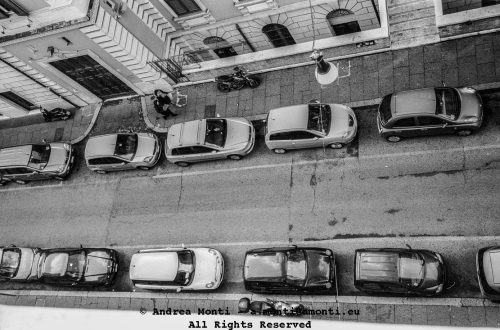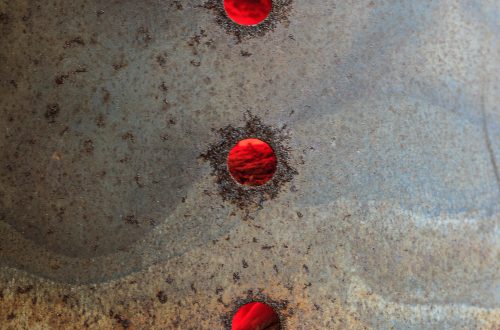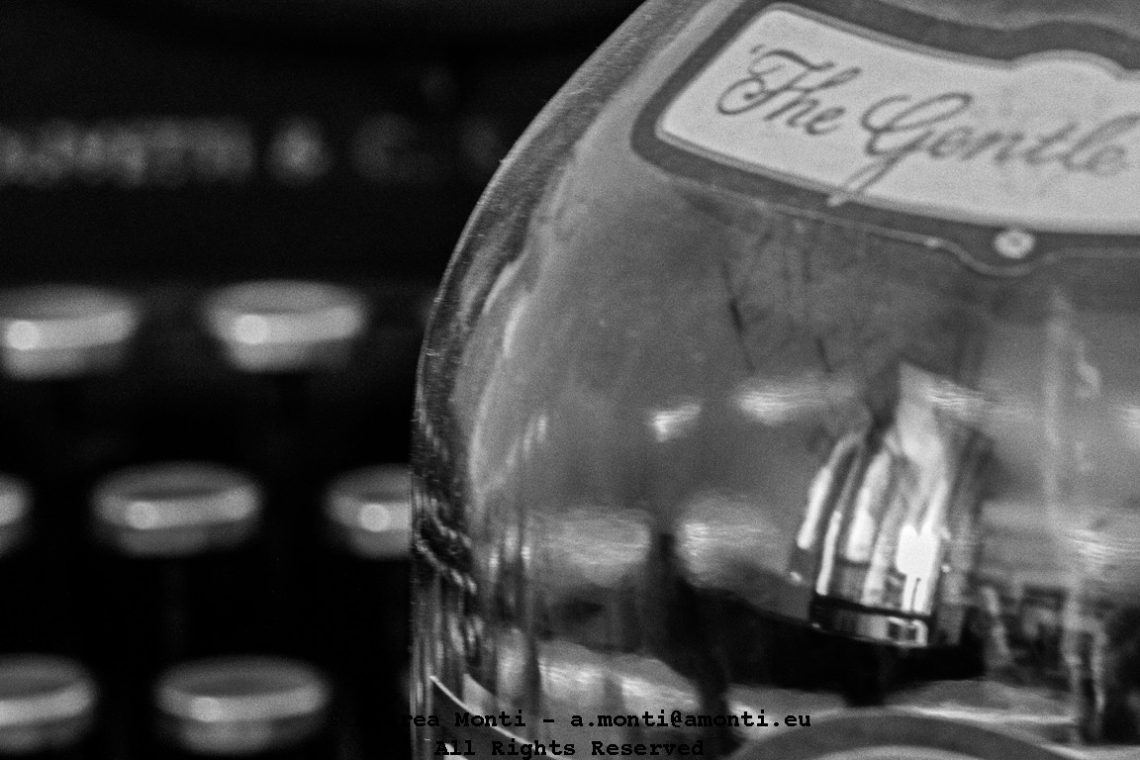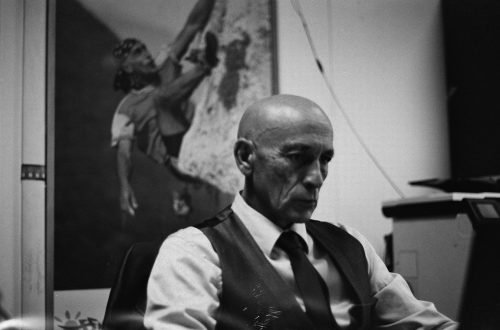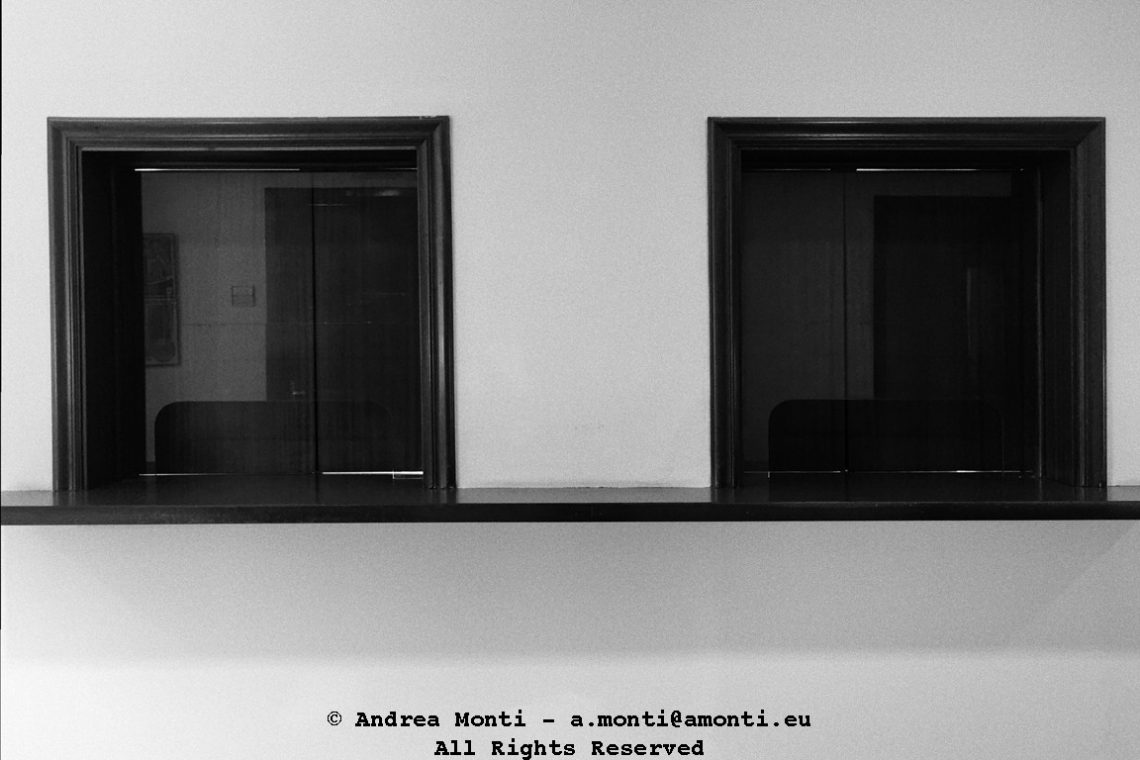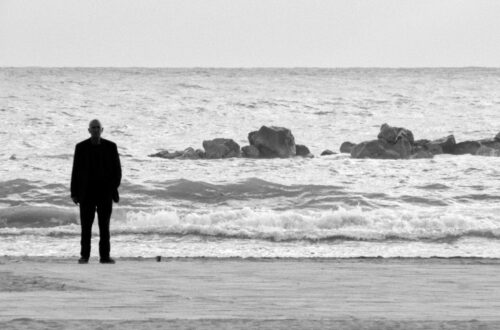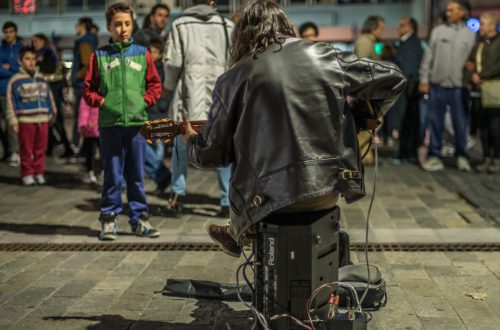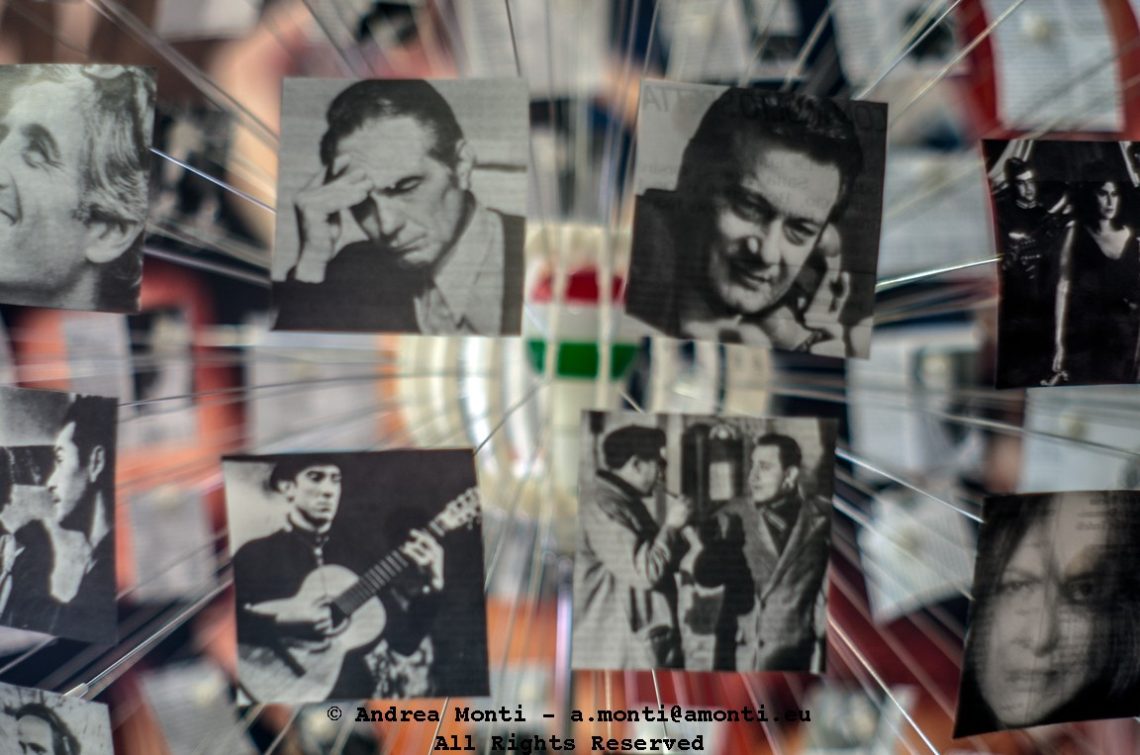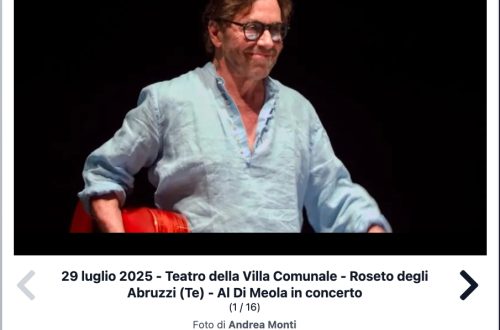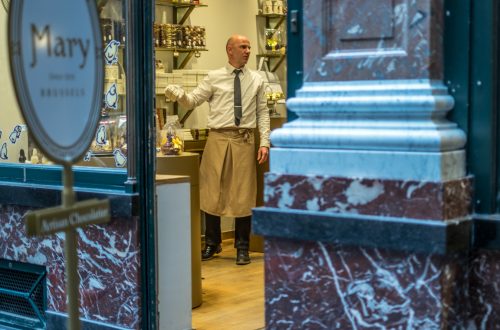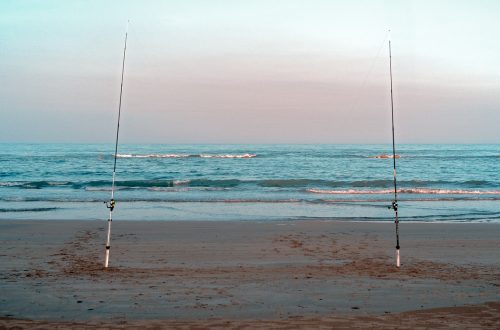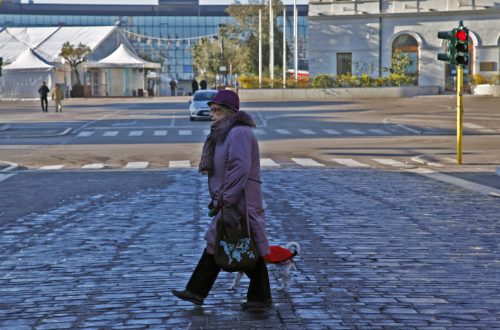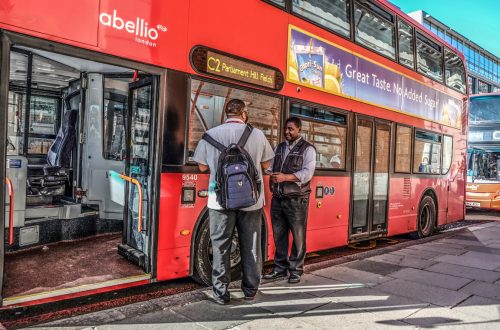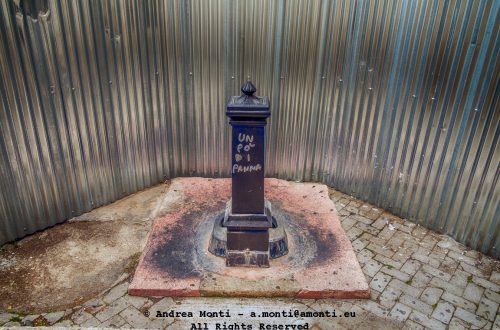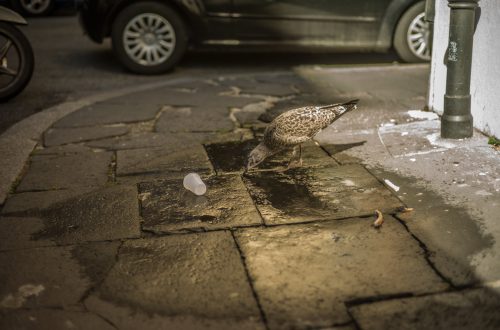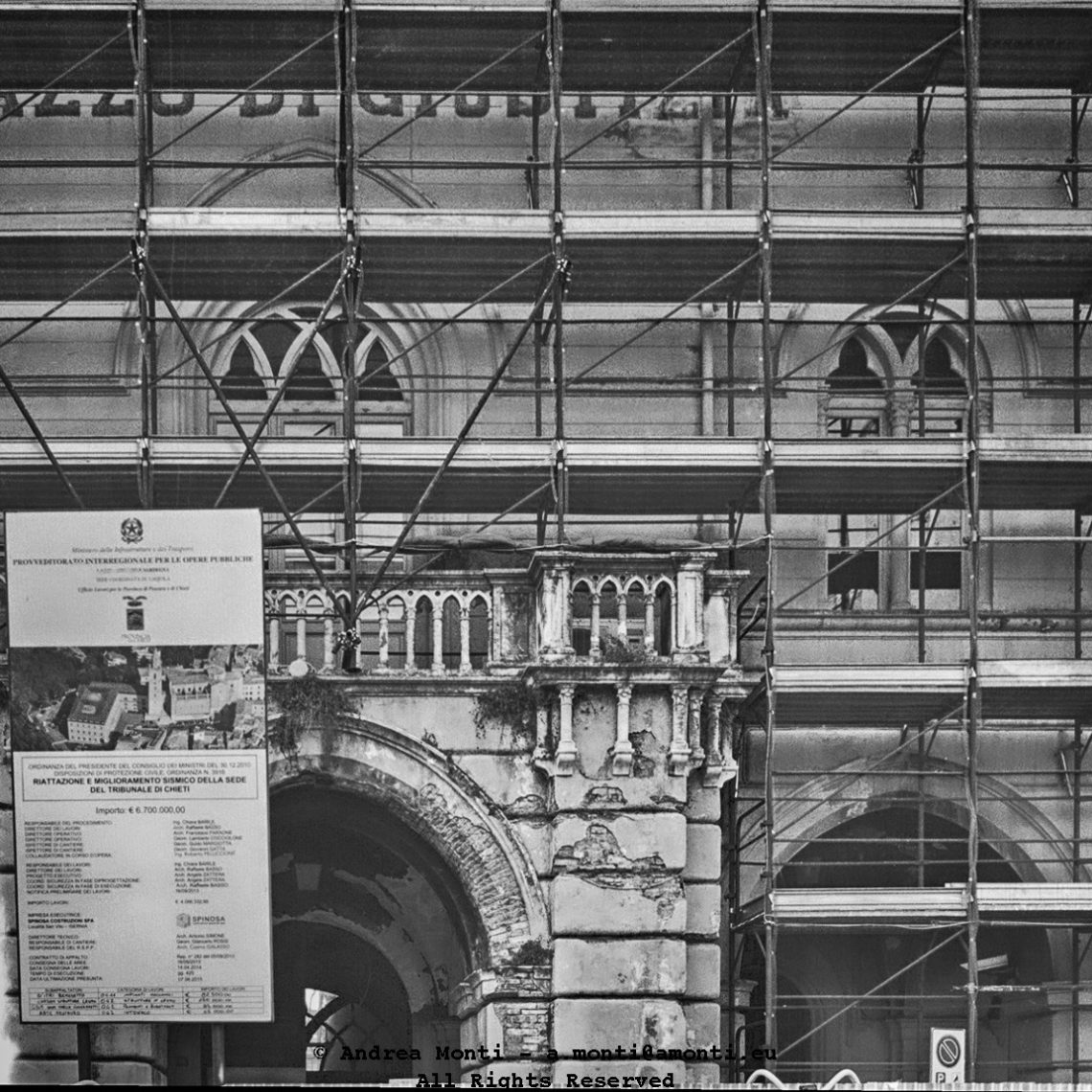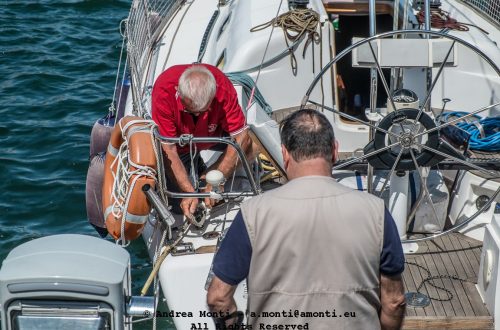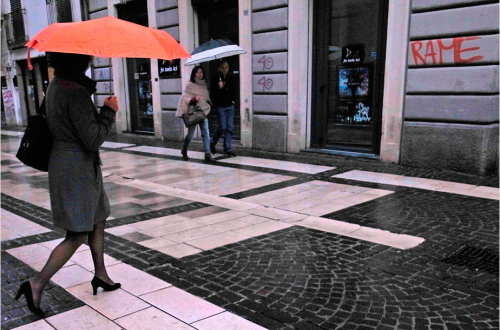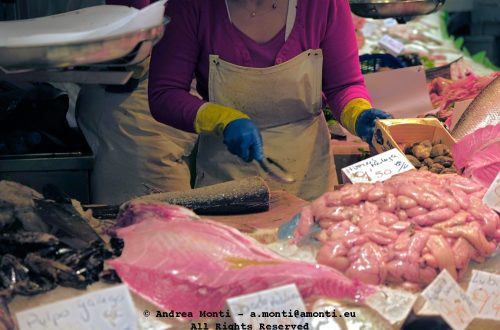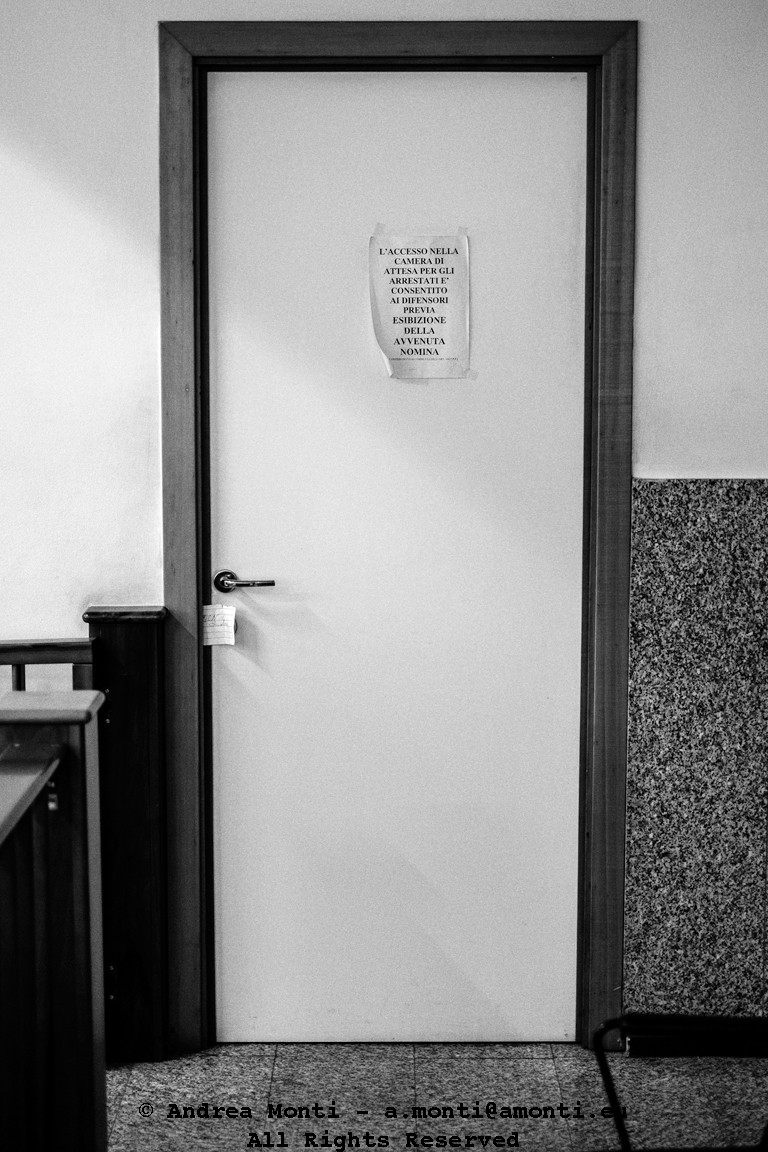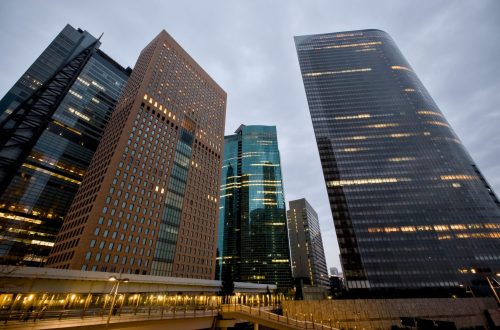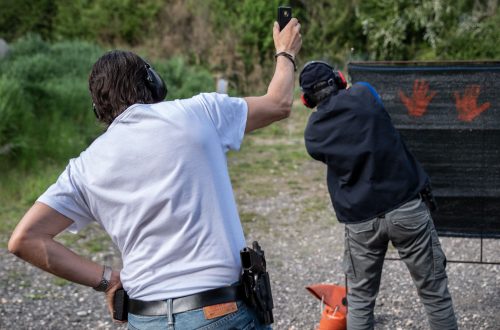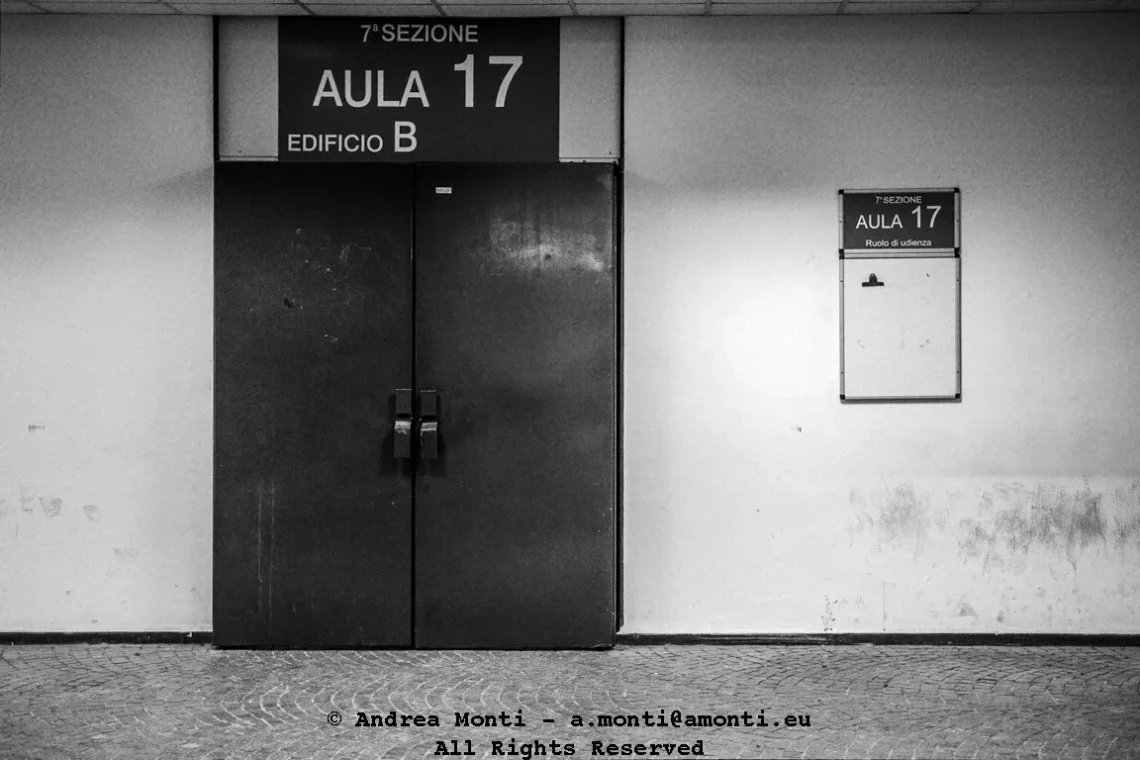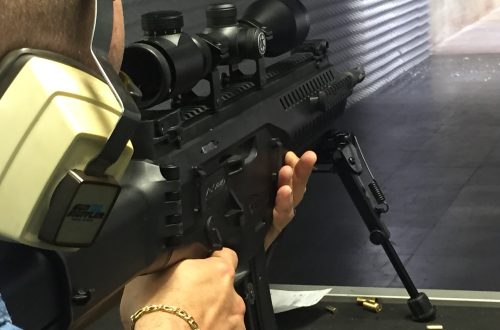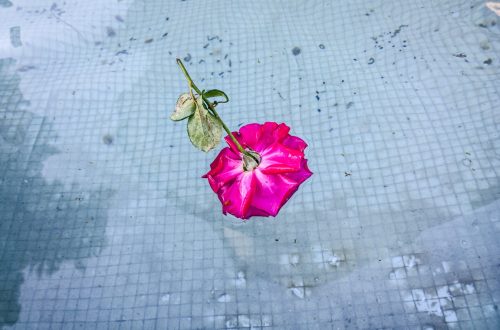-
Access Denied
-
Planetarium
The Zeiss projector at the Palais de la Découverte has an undeniable presence. It is both a piece of scientific equipment and a sculptural object, an embodiment of precision engineering turned into theatre. Under the dome’s dimmed lights, the machine sits like a mechanical deity, ready to conjure the heavens onto the curved canvas above. Photographing it was a matter of honouring its shape without reducing it to a mere technical diagram. I centred the composition to give the machine the stature it deserves, allowing its symmetrical arms and lenses to extend outward in all directions. The warm backdrop of the dome was a natural contrast to the cooler, magenta-tinted…
-
Amex
-
Heater
-
Absence in Three Acts
Empty chairs always speak louder than full ones. These three, bolted to the floor, stare back with a kind of institutional blankness that neither welcomes nor dismisses. They simply are—efficient, expressionless, durable. I wanted to see if the geometry could carry the whole frame, and it does. The repetition, interrupted only by the slight angle of the shot and the unavoidable play of light, creates rhythm without sentiment. Shot in black and white to emphasise the chrome’s edge and the mesh’s subtle gradients, the photograph hinges on texture and symmetry. The lighting is flat, but deliberately so: no shadows, no contrast drama—just presence. These are not chairs meant for rest;…
-
Floating Flower
-
Home on the Range
There’s a moment—right before the shot breaks—when everything else falls away. This frame captures that exact moment. The quiet before the concussion. The balance between intent and mechanics. Taken in a professional range under full control, it documents not violence, but discipline. Focus. Precision. The brass tells its own story: just-fired casings scattered like punctuation marks on the shooter’s rhythm. The rifle rests steady on a bipod—cold, functional, ready. The shooter’s hand is not tense, but deliberate. His chain bracelet glints faintly in the sterile light, an unexpected human contrast to the black polymer and steel. This isn’t combat. It’s not theatre. It’s a place where performance meets protocol. Where…
-
And Justice For All
This shot came together in complete silence — the kind of silence that only certain institutional buildings can generate. The kind made of marble, fluorescent light, and tension. I didn’t stage a thing; the geometry was already waiting for me. One man in the foreground, half-shielded by a paper, lines converging to a trio sitting far in the distance — it all felt like a scene rehearsed for a stage I just happened to walk onto. Compositionally, this image relies heavily on symmetry and recession. The central aisle, vanishing neatly into the background, draws the eye from the bold human presence up front to the barely-noticed figures in the rear…
-
Desolation
I remember standing at the entrance of this narrow underpass, camera in hand, struck by the oppressive stillness. The word “desolation” seemed to settle in my mind even before I pressed the shutter. There was no movement, no sign of life, only the faint echo of my own footsteps on the tiles. The composition is built on geometry and confinement. The corridor acts like a visual funnel, guiding the eye towards the back courtyard and the blank, closed garage doors. The graffiti scrawled on both walls interrupts the symmetry just enough to add texture and a hint of human presence — though not the kind that enlivens a space. The…
-
Lunar Network Or Snowy Mountain?
This image was made at high altitude, but it could have been taken on the Moon. That’s what initially drew my eye: the surreal minimalism of these snow-covered slopes interrupted by a line of utility poles, stretched tight against the vast emptiness. The illusion of a lunar landscape is heightened by the total absence of sky detail—pure black, a void—and the almost abstract texture of the snow, exaggerated by strong directional sunlight. The decision to shoot in black and white came naturally. Colour would have been a distraction from the harsh geometry, from the juxtaposition of natural emptiness and imposed structure. Each pole, evenly spaced, is both part of a…
-
Trespassed
-
Pipes in Colour
I photographed this section of wall for its unexpected interplay between infrastructure and colour. The rusted pipe, running vertically through the frame, is not remarkable in itself, yet in combination with the graffiti and stains, it becomes part of an improvised composition. The red spray paint, the rough blue marks, and the muted grey stone surface transform a functional corner of the street into an abstract tableau. The framing was deliberate: I aligned the pipe with the vertical axis to divide the picture almost in two, while allowing the barred window to creep in at the bottom left. That small intrusion anchors the image, reminding the viewer that this is…
-
Stripes in B&W
-
Hammer and Sickle
The image presents a straightforward urban fragment: an electrical cabinet bearing two layers of graffiti, one in red, one in blue. The red, unmistakably, forms the hammer and sickle symbol — sprayed quickly, with visible vertical striations from the cabinet’s ridged surface disrupting its edges. The blue tag below is broader, more gestural, perhaps made with a thicker nozzle and without concern for the political overtones of what sits above it. Compositionally, the vertical framing suits the subject, containing the entire cabinet and the immediate environment. The flanking pipes and textured wall create a symmetrical boundary, keeping the viewer’s focus on the graffiti itself. The alignment is square and deliberate,…
-
Springtime
-
Final Arrangements Before the Hearing
-
Writer Inspiration’s Tools
-
Too Late
-
Italian Stardust
-
Behind the Glass
-
Where Did I Left My Car?
When I framed “Where Did I Left My Car”, I was chasing absence, presence, and the city’s quiet accusation. I recall stepping into a narrow lane, scanning facades, light and shadow, empty spots. I trained the lens not on what was there, but on what was not. The void became subject. I waited until all cars had passed, until the frame was emptied. Then I held the shutter, letting the urban grid, the lines of curb, doorways, and windows become witnesses. The emptiness sits heavy, like a question mark in concrete. I chose a vantage point slightly off-centre. The negative space on one side is meant to feel unbalanced—echoing the unease…
-
Justice Under Construction
-
Arrested Behind the Door
Photographing in the criminal court of Rome is a peculiar experience — the air is thick with bureaucracy and human tension, yet most of it plays out behind closed doors. In this frame, the door is both a literal and symbolic barrier: clean, almost featureless, save for the taped sheet of paper outlining the rules of entry. It is stark in its message: access to the waiting room for the arrested is only permitted to lawyers, and only upon proof of formal appointment. Everything else — the people, their stories, their anxiety — remains hidden. From a compositional standpoint, I kept the framing tight and frontal. The geometry of the…
-
Room 17 – VIXI
The steel doors of Aula 17 stand closed, expressionless. Matte black, scratched, impassive. Above them, a bureaucratic sign: 7ᵃ Sezione, Edificio B. On the right, a board once meant to list names and hearings is now empty—washed clean by time or intention. Seventeen is an unlucky number in Italy. Rearranged, the Roman numerals XVII form VIXI—”I have lived”, an epitaph. And so, Room 17 becomes more than a courtroom. It becomes a threshold. A place where the living confront endings. The end of freedom. The end of illusions. Sometimes, the end of justice itself. The symmetry of the composition tightens the tension. Every element is locked in place. Nothing moves, and nothing is random.…
